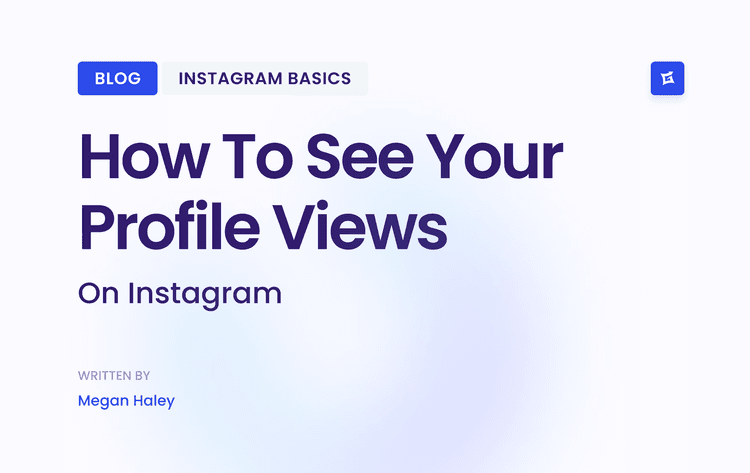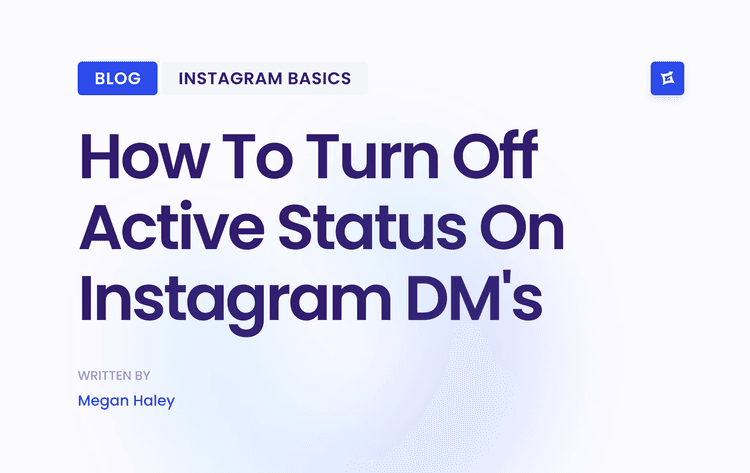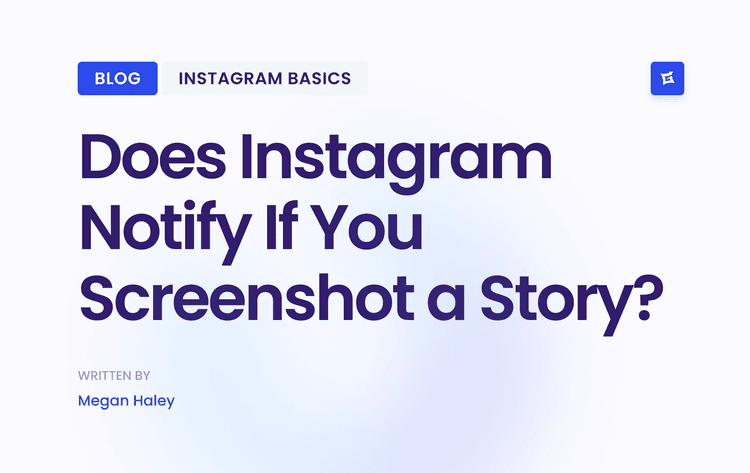1. Content Marketing & Storytelling
Content marketing and storytelling are powerful social media marketing strategies for small businesses because they shift the focus from direct selling to providing value. Instead of just promoting products, this approach involves creating and sharing content that educates, entertains, or inspires your audience. This builds trust and positions your brand as a helpful authority, making customers more likely to choose you when they're ready to buy.

The core idea is to tell your brand's story authentically. For example, Warby Parker doesn't just sell glasses; they share their mission to provide affordable eyewear globally. This narrative connects with customers on an emotional level, fostering loyalty beyond the transaction. Similarly, Patagonia uses its platform to advocate for environmental causes, aligning its content with its customers' values.
How to Implement This Strategy
Develop a Content Calendar: Plan your content to maintain consistency and ensure a healthy mix of topics. This helps prevent scrambling for last-minute posts.
Follow the 80/20 Rule: Dedicate 80% of your content to providing genuine value (tips, how-to guides, user-generated content, behind-the-scenes looks) and only 20% to direct promotion.
Repurpose Your Content: Turn a blog post into a series of Instagram posts, a short video, and a few key takeaways for Twitter. This maximizes your reach without creating entirely new content from scratch.
Showcase Customer Stories: Feature testimonials and stories from your customers. This provides social proof and makes your brand more relatable and trustworthy.
To keep your pipeline full, you can explore fresh content marketing ideas for startups that are easily adaptable for any small business looking to engage its audience in new ways.
2. Influencer Partnerships & Collaborations
Influencer partnerships are one of the most effective social media marketing strategies for small businesses, allowing you to tap into established, trusted communities. This approach involves collaborating with individuals who have credibility and a dedicated following in a specific niche. By leveraging their influence, you can authentically introduce your products or services to a highly engaged and relevant audience, often at a lower cost than traditional advertising.

The key is finding the right fit, especially with micro and nano-influencers whose audiences are typically more engaged. For instance, watch brand Daniel Wellington famously grew its empire by gifting products to thousands of micro-influencers. Similarly, local restaurants can achieve incredible results by partnering with regional food bloggers who provide authentic, trusted reviews that drive foot traffic and build local buzz.
How to Implement This Strategy
Prioritize Engagement Over Followers: Look for influencers with high engagement rates (likes, comments, shares) relative to their follower count. This indicates a loyal and active audience that trusts their recommendations.
Ensure Value Alignment: Partner with creators whose personal brand, values, and aesthetic align with your own. An authentic match feels less like an advertisement and more like a genuine endorsement.
Start Small with Nano-Influencers: These influencers often have under 10,000 followers and may be open to collaborations in exchange for free products, making it a cost-effective way to test the waters.
Establish Clear Guidelines: Create a clear brief outlining deliverables, key messages, and expectations. Provide unique promo codes or affiliate links to accurately track the campaign's return on investment.
For a deeper dive, you can learn more about how to collaborate with influencers on gainsty.com and build a successful partnership from the ground up.
3. Community Building & Engagement
Community building is one of the most powerful social media marketing strategies for small businesses, as it transforms your brand from a simple product seller into a central hub for like-minded individuals. This approach focuses on creating a space where customers and prospects can interact with your brand and, more importantly, with each other. By fostering genuine connections around shared interests, you build a loyal, engaged audience that advocates for your business organically.

This strategy shifts the dynamic from a one-way broadcast to a two-way conversation, making your audience feel heard and valued. Think of Sephora's Beauty Insider Community, where makeup enthusiasts share tips, or Peloton's dedicated Facebook groups that provide motivation. These brands don't just sell products; they facilitate a sense of belonging. A local coffee shop can achieve this by creating a Facebook group for regulars to share their favorite orders and local news.
How to Implement This Strategy
Be Responsive and Present: Aim to respond to comments and messages promptly, ideally within a few hours. This shows your audience that you are listening and actively participating in the conversation.
Create Regular Engagement Rituals: Establish consistent opportunities for interaction, such as a "Feature Friday" to showcase a customer or a weekly themed discussion. This gives your community something to look forward to.
Encourage User-Generated Content (UGC): Create a branded hashtag and encourage followers to share photos or stories using your product. Featuring this content makes your audience feel like part of the brand's story.
Humanize Your Brand: Share behind-the-scenes content that reveals the people and processes behind your business. This transparency builds trust and makes your brand more relatable.
To truly foster a loyal audience, delve into effective strategies for boosting customer engagement beyond just basic interactions. For more ideas, you can explore additional community engagement strategies on gainsty.com.
4. User-Generated Content (UGC) Campaigns
User-Generated Content (UGC) campaigns are among the most powerful social media marketing strategies for small businesses because they turn customers into authentic brand advocates. This approach involves encouraging your audience to create and share content featuring your products or services. UGC builds immense trust and social proof, as recommendations from real people are far more persuasive than traditional advertising.

The core principle is to empower your community to tell your brand’s story for you. For instance, GoPro built its entire marketing model around showcasing thrilling videos shot by its users, perfectly demonstrating the product's capabilities in real-world scenarios. Similarly, Coca-Cola's 'Share a Coke' campaign prompted countless people to post photos with personalized bottles, generating massive organic reach and engagement.
How to Implement This Strategy
Create a Brandable Hashtag: Develop a unique and memorable hashtag for your campaign, like Starbucks' #RedCupContest. This makes it easy to track submissions and build a cohesive content library.
Offer Clear Incentives: Motivate participation by running contests, offering discounts, or featuring the best submissions on your official channels. A simple feature can be a powerful motivator for brand fans.
Always Ask for Permission: Before reposting any user's content, be sure to ask for their permission. This shows respect for your community and protects you from potential legal issues.
Provide Simple Guidelines: Give your audience clear, simple instructions on what kind of content you're looking for. This helps ensure the UGC aligns with your brand's aesthetic and campaign goals.
5. Local SEO & Geo-Targeting
Local SEO and geo-targeting are crucial social media marketing strategies for small businesses with physical locations or service areas. This approach involves optimizing your social media content to attract and engage customers within a specific geographic radius. By connecting your social profiles with local search signals, you make it easier for nearby customers who are actively looking for your products or services to find you.
This strategy bridges the gap between online discovery and offline visits. For instance, a local restaurant can post its daily specials on Instagram, using location tags and city-specific hashtags #AustinEats to appear in local searches. Similarly, a hair salon can showcase its work on Facebook and encourage clients to "check in," turning their customers into local brand advocates and increasing visibility within their social circles.
How to Implement This Strategy
Optimize Your Profiles: Ensure your business name, address, and phone number (NAP) are consistent across all social media profiles and your Google Business Profile. This consistency is a key signal for local search algorithms.
Use Location-Specific Content: Regularly use location tags on Instagram and Facebook posts. Create content centered around local events, landmarks, or community news to show your local involvement and attract a relevant audience.
Encourage Customer Check-ins and Tags: Actively ask customers to check in at your location or tag your business in their posts. You can incentivize this with a small discount or a feature on your page, generating powerful user-generated content and social proof.
Leverage Local Hashtags: Research and use a mix of broad and hyper-local hashtags. For example, a Chicago-based coffee shop might use
#ChicagoCoffee,#LoganSquare, and#ShopLocalChicagoto reach different segments of the local market.
6. Social Commerce & Direct Sales
Social commerce is a highly effective social media marketing strategy that merges the point of discovery with the point of purchase. It involves integrating e-commerce functionality directly into social platforms, allowing customers to browse and buy products without ever leaving the app. This approach significantly reduces friction in the customer journey, capitalizing on the impulse-buy nature of social media browsing and turning followers into customers more efficiently.
The power of social commerce lies in its seamlessness. For example, a small jewelry brand can use Instagram Shopping to tag products in its posts and Stories, letting a user tap a photo and complete a purchase in seconds. Similarly, a fashion boutique can host a live shopping event on Facebook to demonstrate outfits in real-time, driving immediate sales from engaged viewers. This strategy transforms your social feed from a simple gallery into an interactive, shoppable storefront.
How to Implement This Strategy
Set Up Your Shop: Enable the shopping features on your chosen platforms, such as Instagram Shopping, Facebook Shops, or TikTok Shop. This involves linking your business account to an e-commerce platform, such as Shopify, or a product catalog.
Invest in High-Quality Visuals: Your product photos and videos are your virtual displays. Use clear, appealing, and lifestyle-focused imagery to showcase your products in action, helping customers visualize themselves using them.
Host Live Shopping Events: Go live to demonstrate products, answer questions, and create a sense of urgency. Offer exclusive discounts to live viewers to encourage immediate purchases and build a loyal community.
Optimize Product Listings: Write clear, concise, and keyword-rich product descriptions. Use high-quality tags and categories to ensure your products appear in relevant searches within the platform.
For those looking to fully leverage this powerful channel, you can learn more about how to sell on Instagram to master the platform's specific tools and best practices.
7. Social Listening & Customer Service
Social listening and customer service are crucial social media marketing strategies for small businesses that change your channels from simple broadcast tools into two-way communication hubs. This approach involves actively monitoring social media for mentions of your brand, competitors, and industry-specific keywords. It allows you to gather unfiltered customer insights, provide proactive support, and manage your brand's reputation in real time.
The goal is to engage in conversations that are already happening, not just the ones you start. For instance, Wendy's built a massive following with its witty and responsive Twitter account, directly engaging with customers and competitors alike. Similarly, Zappos became legendary for its exceptional social media customer service, treating every interaction as an opportunity to build a stronger customer relationship and demonstrate its core values. This strategy shows customers you are listening and that you care.
How to Implement This Strategy
Set Up Monitoring Tools: Use tools like Hootsuite, Sprout Social, or even free options like Google Alerts to track mentions of your brand name (including common misspellings), products, and key industry terms.
Create Response Guidelines: Develop a set of templates for common questions to ensure quick, consistent responses. However, always encourage your team to personalize these messages to avoid sounding robotic.
Monitor Competitor Mentions: Keep an eye on conversations about your competitors. This can reveal their customers' pain points and present opportunities for you to offer a better solution.
Know When to Go Private: For sensitive or complex issues, quickly move the conversation to a private channel like a direct message or phone call to provide dedicated support and protect customer privacy.
Track Sentiment Trends: Pay attention to the overall tone of conversations surrounding your brand. A sudden shift from positive to negative sentiment can be an early warning sign of a larger problem.
8. Video Marketing & Live Streaming
Video marketing and live streaming are essential social media marketing strategies for small businesses because they capture attention more effectively than static content. This approach involves creating and sharing videos to tell stories, demonstrate products, and interact with your audience in real time, leveraging the high engagement rates of visual media to build stronger, more authentic connections.
The goal is to create dynamic content that stops users from scrolling. For instance, Sephora uses makeup tutorials to not only showcase products but also to educate its audience, establishing authority. A local fitness trainer can offer live workout sessions to build a community and drive sign-ups, while a restaurant chef can share cooking tips to give followers a valuable, behind-the-scenes look at their craft.
How to Implement This Strategy
Start Simple: You don't need a professional studio. Begin by shooting high-quality video on your smartphone to test what resonates with your audience before investing in expensive equipment.
Create a Series: Develop a recurring video series, like a weekly Q&A or a monthly product deep-dive. This builds anticipation and encourages regular viewership, turning casual followers into loyal fans. For impactful visual campaigns, learning how to make promotional videos can help capture attention and drive engagement.
Engage in Real Time: During live streams, actively acknowledge and respond to comments from viewers. This direct interaction makes your audience feel seen and valued, strengthening their connection to your brand.
Repurpose and Distribute: Cut down longer videos, like a webinar or live stream, into shorter, shareable clips for platforms like Instagram Reels, TikTok, or YouTube Shorts to maximize your content's reach.
9. Cross-Platform Integration & Consistency
Cross-platform integration is one of the most vital social media marketing strategies for small businesses because it builds a unified and recognizable brand identity. This approach involves maintaining a cohesive brand voice, visual aesthetic, and core message across all your social media channels. It ensures that whether a customer finds you on Instagram, Facebook, or LinkedIn, they receive a consistent experience that reinforces brand trust and recall.
The goal isn't to post the same content everywhere, but to adapt your core message to fit each platform's unique format and audience expectations. For example, a local coffee shop might use Instagram for high-quality photos of its latte art and cozy interior, Facebook to promote community events and share customer reviews, and TikTok for fun, behind-the-scenes videos of baristas. While the content format differs, the brand's warm, community-focused personality remains consistent.
How to Implement This Strategy
Create a Brand Style Guide: Develop a simple document outlining your logo usage, color palette, font choices, and brand voice (e.g., professional, witty, friendly). This ensures anyone on your team can create on-brand content.
Adapt, Don't Duplicate: Tailor your content for each platform. A long-form guide on your blog can become a carousel post on Instagram, a professional discussion starter on LinkedIn, and a quick tip video on TikTok. The core message is the same, but the delivery is platform-native.
Use a Centralized Profile Link: Use a tool like Linktree or a custom landing page in your bio to direct followers to your other social profiles, website, or key offers. This makes cross-platform discovery seamless for your audience.
Maintain Consistent Branding Elements: Ensure your profile pictures, cover photos, and usernames are consistent or easily recognizable across all platforms. This simple step makes it much easier for customers to find and identify your official accounts.
Social Media Marketing Strategies Comparison
Content Marketing & Storytelling has medium implementation complexity since it requires consistent planning and creation. It needs moderate resources, about 3–5 hours per week for content creation. The expected outcome is long-term brand authority and organic engagement. It is ideal for building brand awareness and thought leadership. Its key advantages are being cost-effective, building trust, and fostering relationships.
Influencer Partnerships & Collaborations range from medium to high complexity due to the need for careful influencer vetting and management. Resource requirements vary from $100 to $1000+ per campaign. The outcome is increased niche audience reach and credibility. It is best for authentic promotion to targeted communities, with the advantage of accessing engaged audiences at a more cost-effective rate compared to celebrity endorsements.
Community Building & Engagement is high in complexity, requiring daily management and 1–2 hours of interaction each day. This approach results in strong brand loyalty and customer retention. It is best for engaging loyal customers and fostering peer support. Its key benefits are building trust, generating feedback, and encouraging advocacy.
User-Generated Content (UGC) Campaigns have medium complexity, requiring active management and legal considerations. They need moderate resources, primarily incentives and curation efforts. The outcomes are high credibility and strong social proof. These campaigns are ideal for encouraging customers to act as brand advocates and are cost-effective while expanding reach with authentic content.
Local SEO & Geo-Targeting requires medium effort, especially local knowledge and tailored content. Resource needs are moderate, such as using location tools and partnerships. This strategy delivers higher local conversions and community presence, making it ideal for physical businesses targeting local customers. The main advantage is cost-effectiveness and stronger local brand recognition.
Social Commerce & Direct Sales has medium complexity because it requires platform integration and product optimization. The resource demand is moderate, focusing on high-quality product content. The expected outcome is increased impulse sales and streamlined buying. It is best for brands wanting direct sales on social platforms, and it helps by reducing purchase friction and leveraging impulse buying.
Social Listening & Customer Service ranges from medium to high complexity since it requires dedicated monitoring and response. Resources range from moderate to high, including staff and tools. This strategy improves customer satisfaction and prevents crises. It’s ideal for reputation management and proactive customer support. The advantage is gaining real-time insights while building a transparent brand image.
Video Marketing & Live Streaming is high in complexity because it requires video skills and consistent production. It also demands high resources for equipment, editing, and time. The expected outcome is high engagement and stronger personal connections with audiences. It is best suited for brands showcasing tutorials, demos, or live events. The main benefits include building connections, boosting engagement, and being highly versatile.
Cross-Platform Integration & Consistency is highly complex since it requires managing multiple platforms consistently. The resource requirement is high, involving significant coordination and tools. The outcome is increased brand recognition and multi-channel reach. It is ideal for businesses targeting diverse audiences across multiple platforms. Its key advantage is reducing platform dependency and maximizing content return on investment (ROI).
Putting It All Together: Your Next Steps to Social Media Success
Navigating the dynamic world of social media can feel overwhelming, but it doesn't have to be. We've explored a comprehensive toolkit of nine powerful social media marketing strategies for small businesses, moving from foundational content storytelling to the nuances of social listening and the direct impact of social commerce. The path to success isn't about mastering every single strategy overnight. Instead, it’s about making smart, strategic choices that align with your unique business goals.
The real power lies in integration and focused execution. A compelling video marketing campaign, for instance, becomes exponentially more effective when amplified by influencer partnerships and supported by a strong community engagement plan. Similarly, a user-generated content campaign can fuel your content marketing efforts for months, all while building invaluable social proof.
Charting Your Course: Actionable Next Steps
The most common pitfall for small businesses is trying to do everything at once. This approach leads to burnout and diluted results. To avoid this, your immediate priority should be to select the strategies that offer the highest potential impact for your specific brand and audience.
Here’s how to start building momentum:
Audit and Prioritize: Review your current social media performance and resources. Which two or three strategies from this list directly address your biggest challenges or opportunities? If you're a local cafe, Local SEO and UGC campaigns are natural starting points. If you're an e-commerce brand, Social Commerce and Influencer Collaborations might be your best bet.
Set SMART Goals: For each chosen strategy, define what success looks like. Instead of "get more engagement," aim for "increase comment-to-follower ratio by 15% in Q3 by implementing a daily community engagement ritual."
Develop a Content Calendar: Consistency is non-negotiable. Plan your content around your chosen strategies. Schedule your live streams, map out your UGC campaign announcements, and block out time for genuine community interaction.
Measure, Adapt, and Iterate: Use platform analytics to track your progress against your goals. Don’t be afraid to pivot. If live streaming isn't resonating but your short-form video content is thriving, double down on what works and refine your approach.
The Ultimate Goal: Building a Business Asset
Ultimately, these social media marketing strategies for small businesses are about more than just gaining likes and followers. They are about building a resilient, engaged community that trusts your brand, advocates for your products, and contributes to your bottom line. By moving from a passive profile to an active, strategic one, you change your social media channels from a simple marketing outpost into one of your most valuable and sustainable business assets. The key is to start small, stay consistent, and never lose sight of the real people on the other side of the screen.
Ready to supercharge your Instagram growth and reclaim your time? The AI-powered social assistant from Gainsty helps you connect with real, targeted followers organically, freeing you up to focus on creating amazing content and running your business. Stop guessing and start growing by visiting Gainsty to see how it works.
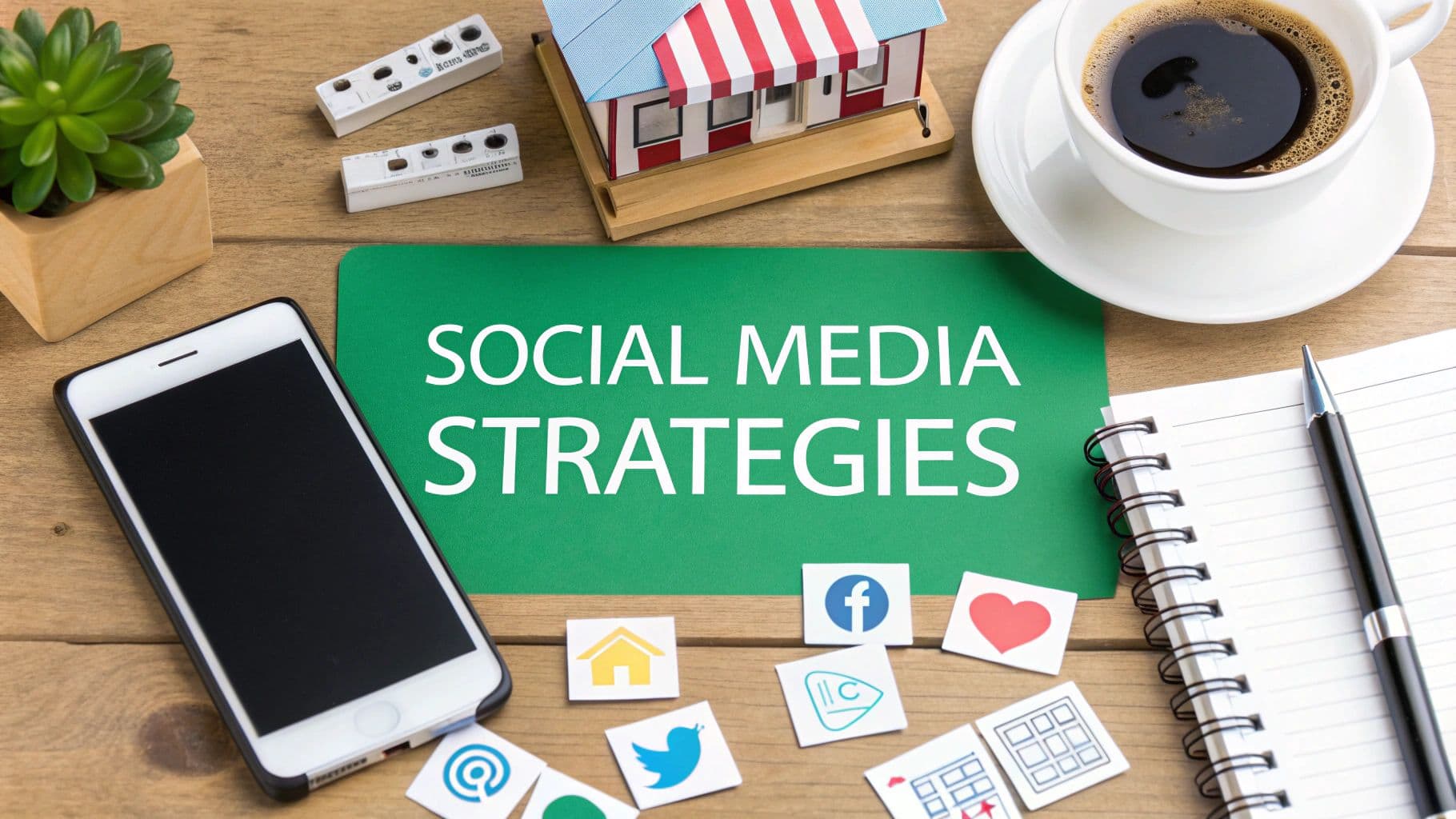

.png&w=1920&q=75&dpl=dpl_AQbX5JsabDdbeZxMJ6Brrjeb4mSf)


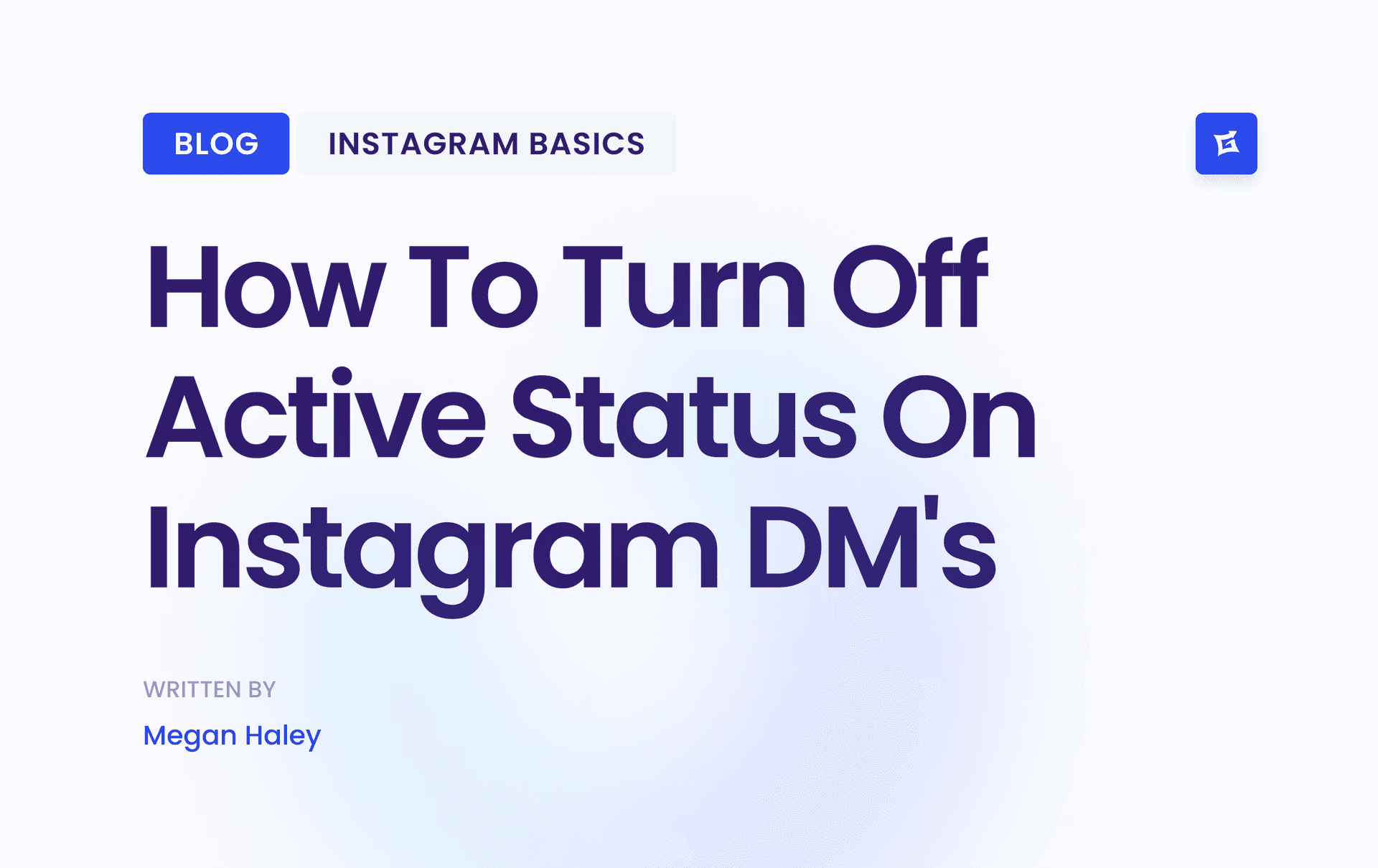
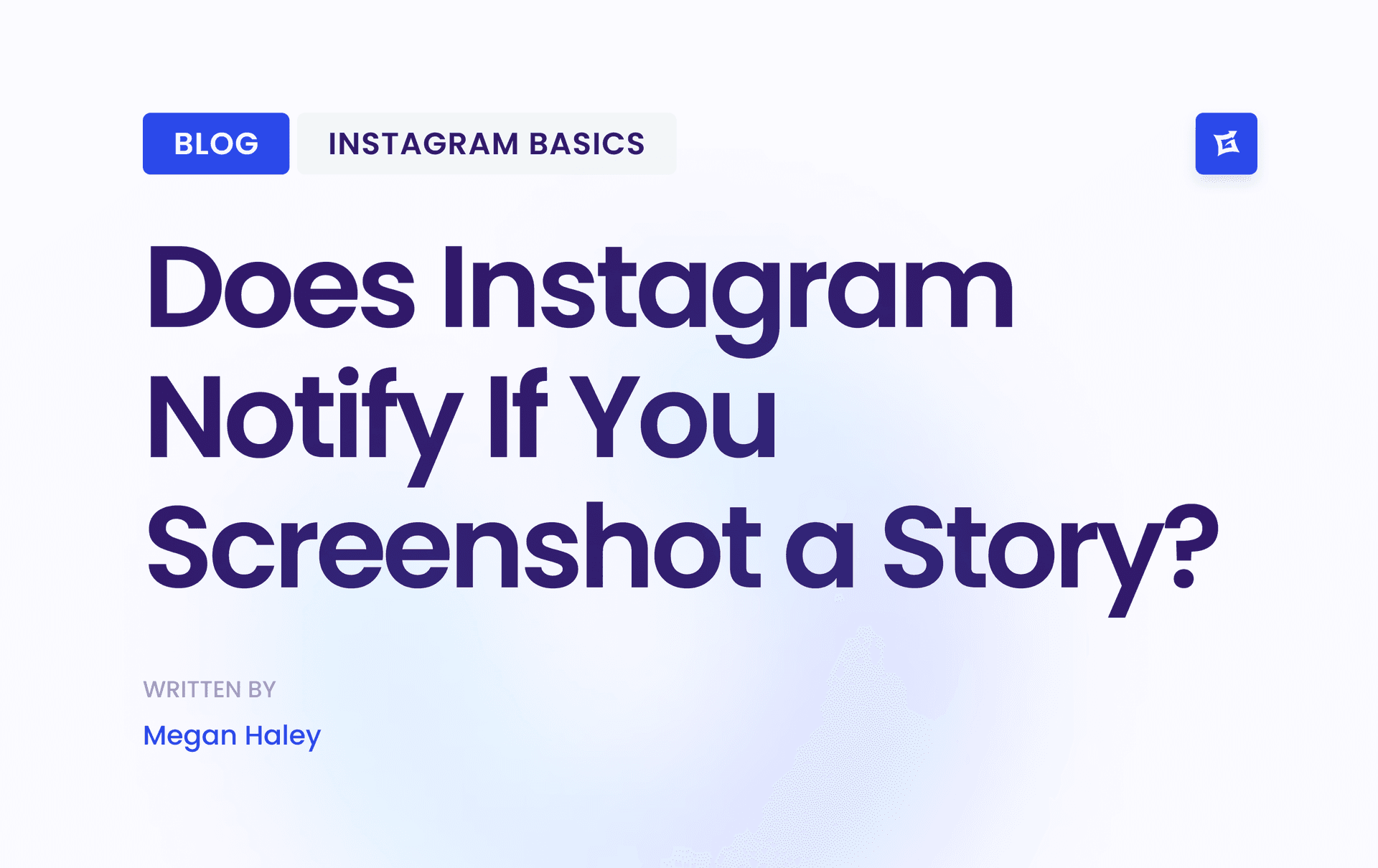



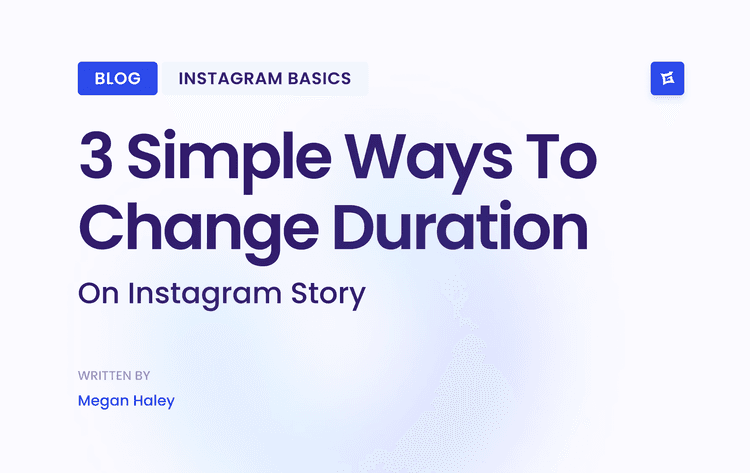
.png&w=750&q=75&dpl=dpl_AQbX5JsabDdbeZxMJ6Brrjeb4mSf)

